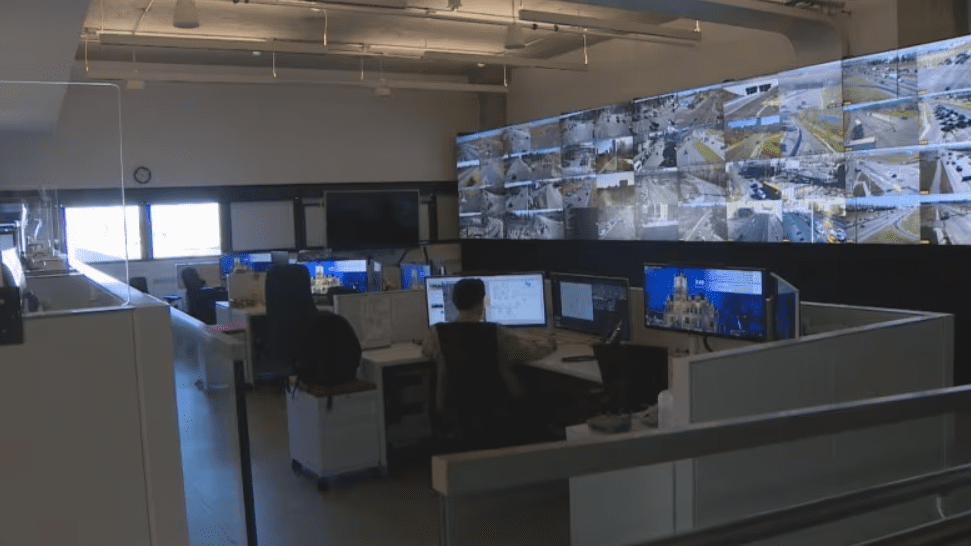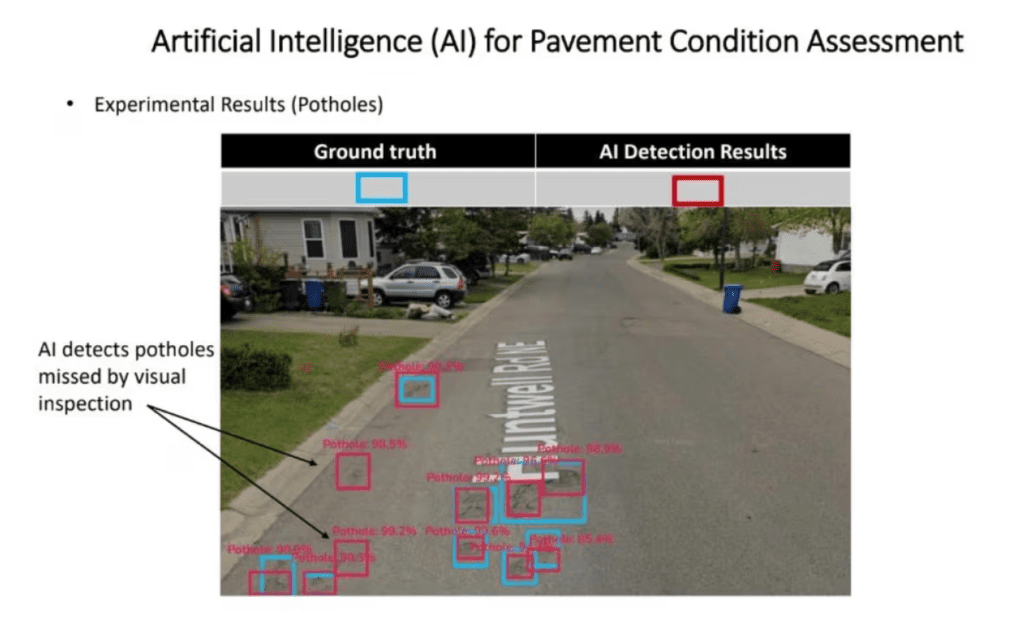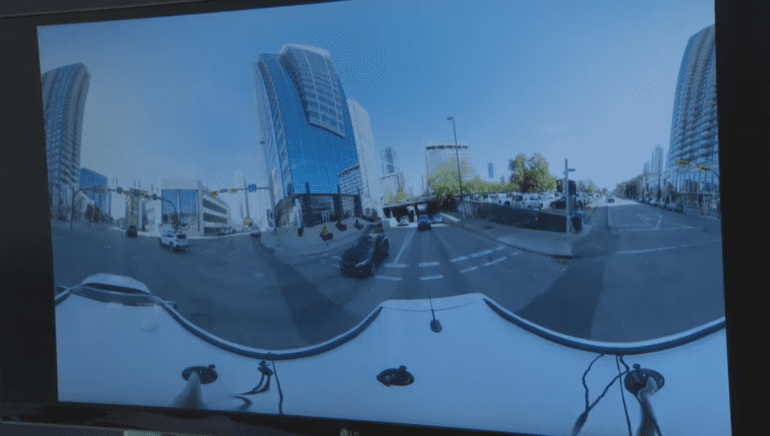TL;DR:
- Calgary employs AI for road maintenance, surpassing human capabilities in defect detection.
- Collaboration between city departments and AI firm AltaML yields promising results.
- The AI algorithm is trained to identify defects, achieving up to 98% accuracy.
- Proactive defect management could lead to substantial cost savings for the city.
- High-quality cameras to be mounted on vehicles for richer data in early 2024.
- AI’s potential extends beyond road maintenance, with applications in various sectors.
- Privacy concerns are addressed with a focus on data essential for AI functionality.
Main AI News:
The City of Calgary is embracing the transformative power of artificial intelligence (AI) to revolutionize its road maintenance efforts. In recent trials, AI has showcased its ability to outperform human inspectors in detecting potential potholes, cracks, and other road defects. This groundbreaking initiative, spearheaded by the city’s mobility and information technology departments in collaboration with Alberta-based AI experts AltaML, utilizes cutting-edge machine learning technology to assess pavement conditions.
To kickstart this innovation, the city’s IT engineer, Ashiq Rahman, worked on training an AI algorithm to identify various road defects from imagery data. He explained, “You throw this training set into the model, and the model, from that set, will learn these defects, and when it learns, it means the model will become ready. Then you can use this model to test any new defects that your camera will capture.”
The results are nothing short of remarkable. In images presented by the city, blue boxes highlight defects that are visible to the human eye, such as potholes and cracks. However, AI’s prowess shines through the presence of red boxes, which delineate deformations detected by AI with impressive accuracy, often reaching confidence levels of up to 98%. This breakthrough allows city crews to address defects proactively, preventing them from escalating into more significant issues.
Troy McLeod, the director of the city’s mobility department, recognizes the tremendous potential of this AI-driven approach. “It can predict where those defects will propagate and come up with a priority repair program so that we can address deficiencies in advance of any failure or any further deficiencies in the roadway,” said McLeod. This predictive capability promises substantial cost savings on pavement asset repairs.

The city’s mobility operations centre, where roads across Calgary are monitored by employees. Source: Mike Symington/CBC
To put the numbers into perspective, the city currently expends over $6 million annually on patching approximately 25,000 potholes. Additionally, around $40 million is allocated annually for repaving roadways that have reached the end of their lifecycle. With AI’s assistance, these expenditures could be optimized and directed more efficiently.
The next significant leap in Calgary’s AI initiative is scheduled for January 2024, with plans to install high-quality cameras on select city vehicles. These cameras will capture high-resolution, 360-degree videos during routine street inspections, offering even richer data for the AI program to analyze. This marks a crucial step toward further enhancing the system’s ability to detect and address road problems promptly.
Jan Bradley, the chief information technology officer for the City of Calgary, expressed her enthusiasm for the project’s potential. She noted that AI could be leveraged for various use cases, such as identifying drought-stricken trees that need watering or locating illegal temporary signs along roads. The city’s foray into AI has been accelerated by advancements like ChatGPT, which has opened doors to newfound possibilities.
As with any technology-driven advancement, privacy concerns arise. However, Jan Bradley reassures the public that the city is committed to safeguarding privacy. The focus of the cameras will be on capturing data essential for the AI model’s functionality, without intentionally collecting or retaining imagery of individuals’ faces or license plates.




An imagine showing potholes visible to the human eye and ones that were detected by an AI program. Source: The City of Calgary
Conclusion:
Calgary’s successful integration of AI in road maintenance represents a pioneering step in municipal management. The cost-efficient and proactive approach to defect detection not only benefits the city but also opens up opportunities for AI applications in broader markets, promising increased efficiency and savings across various industries.

